The New York Times says that iPhone include code to identify when repair components are bought from Apple — and to intentionally fail if alternatives are used.
Apple famously used to object to all "right to repair" moves to make it allow iPhone owners to go to independent repairers, to the extent that it allegedly got legislation watered down. It then launched its own repair service, and also backed California's right to repair bill.
However, the New York Times claims that for all its apparent change of heart regarding repairs, Apple has taken steps to made sure only its own parts can be used. As well as thereby profiting from selling parts, the publication says this drives people to AppleCare+, which now earns Apple an estimated $9 billion annually.
"Unlike cars, which can be repaired with generic parts by auto shops and do-it-yourself mechanics," says the publication, "new iPhones are coded to recognize the serial numbers for original components and may malfunction if the parts are changed."
"This year, seven iPhone parts can trigger issues during repairs, up from three in 2017, when the company introduced a facial recognition system to unlock the device," continues the newspaper, "according to iFixit, a company that analyzes iPhone components and sells parts for do-it-yourself repairs."
The seven parts referred to are:
- Face ID or Touch ID sensor
- Display
- Battery
- Front-facing camera
- Taptic Engine
- Rear camera
- LiDAR sensor
Of these, the publication quotes iFixit as saying that five of the seven do not work even when a part is "swapped with the same working part from an identical, new iPhone." Those five are the Face ID or Touch ID sensor, display, battery, front camera, and the LiDAR sensor.
Of the rest, the taptic engine is inconsistent, "sometimes stops working as expected when swapped, sometimes fine." The display, battery, and rear camera also make the iPhone issue "persistent alerts after swap."
The New York Times says that this is a software issue that is known as "parts pairing," and that in recent years, "only approved parts and sanctioned repairs have avoided the problems."
This wouldn't seem to explain how original Apple parts swapped from one iPhone to another are failing, but the account does not go into that detail.
The New York Times has, though, said that such parts pairing has been used by Hewlett Packard in its ink cartridges, Tesla in its cars, and John Deere in farm equipment.
It does not say that Apple has acknowledged or admitted the practice. But it does say that "Apple and other companies have defended the practice by saying it protects customers' safety and the company's brand."
An Apple spokesperson referred the publication to its new self-repair program. "We have been innovating to offer our customers the best choice and options when their product needs service," said the spokesperson.
Oregon's state senator Janeen Sollman is reportedly one of a group of lawmakers looking to make it illegal for Apple to have any restrictions on repairs. Sollman was invited to Apple Park and told how the company sees repairs as an important security and safety topic.
She says that she was not persuaded. "I said, 'you're making it more accessible, but it's not a true right to repair if you have ultimate control," Sollman said.
Apple launched its Self Service Repair program for iPhones in 2022, and expanded it to Mac shortly afterwards in 2023. Users of the program have to buy iPhone components from Apple, and also buy or rent the tools with which to make the repair.
 William Gallagher
William Gallagher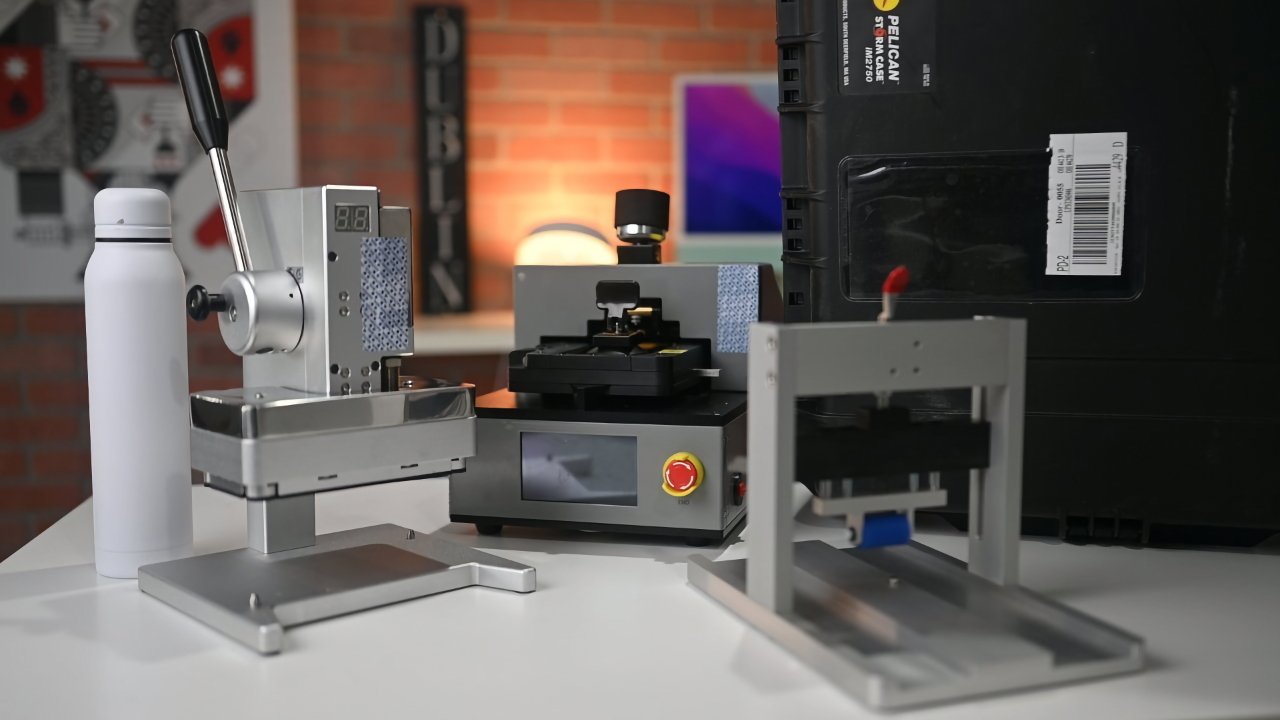
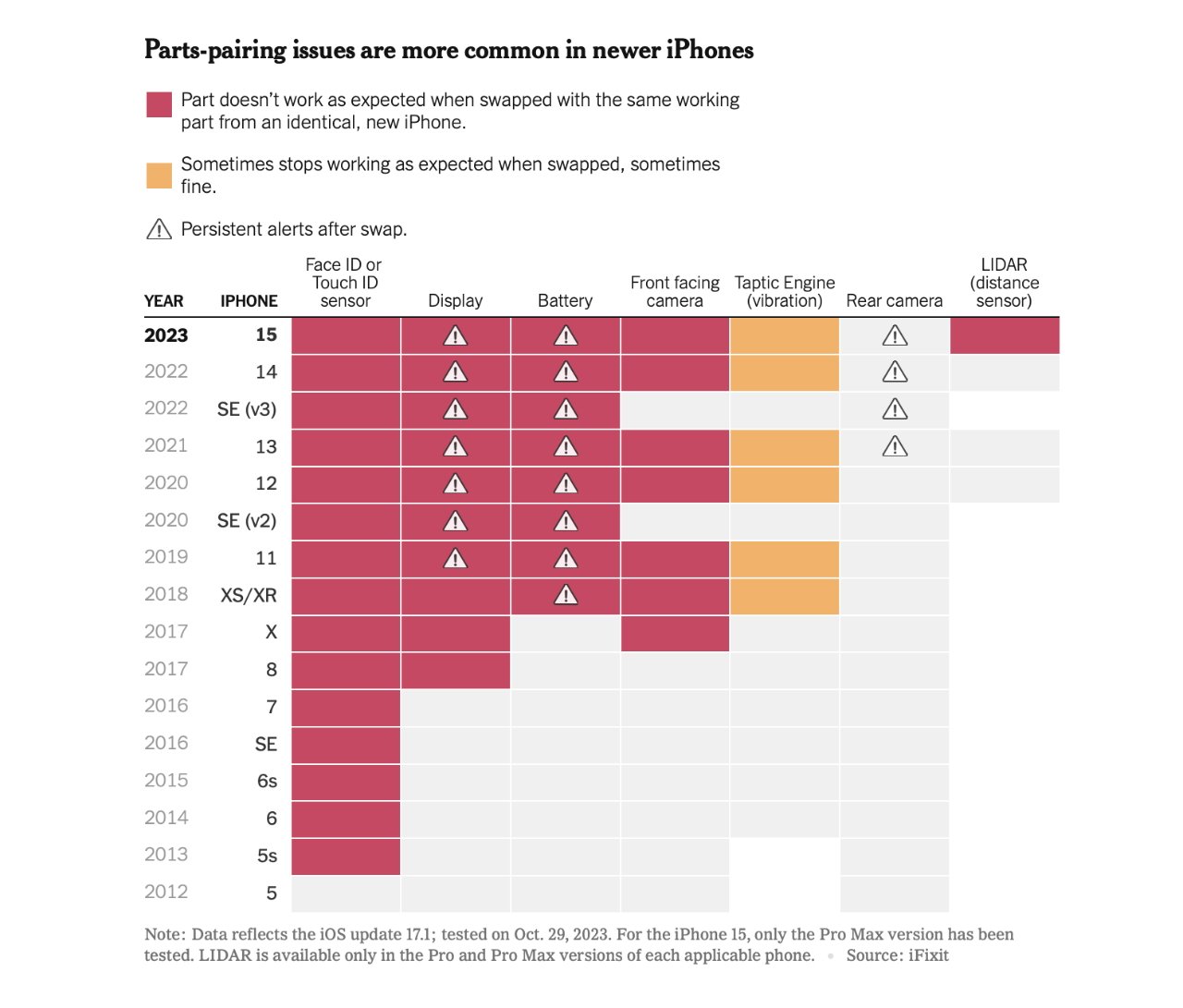

-m.jpg)





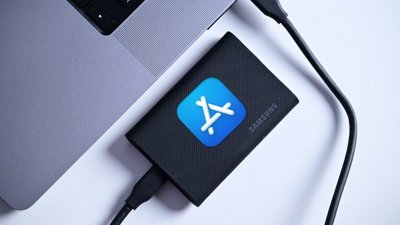
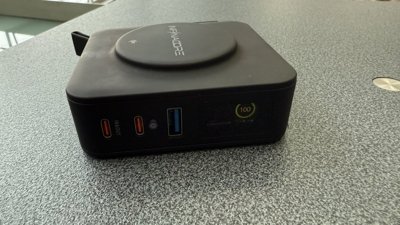
 Thomas Sibilly
Thomas Sibilly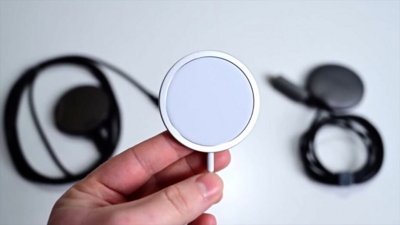
 Andrew O'Hara
Andrew O'Hara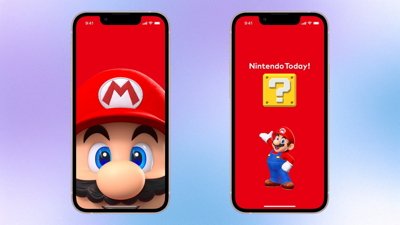
 Amber Neely
Amber Neely
 Marko Zivkovic
Marko Zivkovic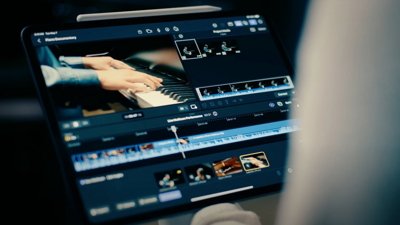
 Malcolm Owen
Malcolm Owen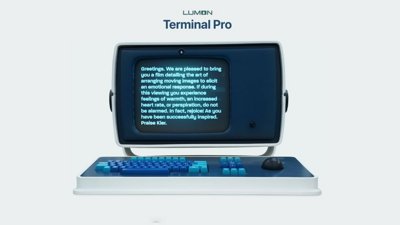
 William Gallagher and Mike Wuerthele
William Gallagher and Mike Wuerthele


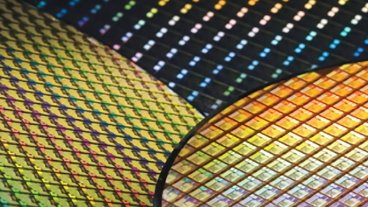






29 Comments
I think this is a good thing. It's not just about Apple making billions; it's also about a repair not being a scam. It protects our investments in premium quality products. Obviously, the cost of the parts has to be fair so as not to make a repair prohibitive, but remember; Apple has been supplying parts to qualified Apple repair services centers since the 1970s with the Apple ][; it's not as if they just stumbled on this process. My company repaired countless Apple products through the 70s, 80s, and 90s. Apple provided a fast turnaround of parts, and reasonable prices, enabling a profit for the work and very happy customers.
IMO, it is wrong and the practice needs to be banned along with the practice of offering users flat-rate quotes on repairs prior to the device being opened.
If they want to, cough, innovate, cough, then it's time to find ways to open up the official parts and compatible parts markets for downstream competition.
Out of warranty repair 'authorisation/validation' should always be in the hands of the end user.
For starters, a known good part from an identical phone should be able to be user authorised.
Any warranty repair should not require return of the failed part to Apple either. That decision should also be with the user.
I have no problem with this. I want my Apple product to work exactly as it was designed, and a sub-par part could compromise a lot. For example, what if a camera or Touch ID sensor pays a part in causing the security protections to fail? Data could be lost/stolen and who get the blame? Me as a consumer because I cheaped out? The scond-rate part manufacturer? Or Apple? (hint... one of those three has a lot more money than the other two, and the lawyers know it.)